- Home
- Machining techniques
- CNC Machining Services
- Cooperative supply services
- Designs
- Materials
- Finishing Services
- Shop
- Products
- Guide
- About Us
- Contact Us
2022.3.19
Molds are widely used in injection molding, blow molding, extrusion, die casting or forging, smelting, stamping and other processes. In short, molds are used to make a shaped object. The tool consists of several components. Different molds are made of different parts. It is a technology called “mother of industry”. It processes the shape of the object by changing the physical form of the formed material.
With the rapid development of China’s manufacturing industry, mold production technology has gradually been widely used in decades of development, and has been widely used in various industries, with horizontal and vertical parallel development. With the continuous improvement of mold technology and the intensification of market competition, mold products have been more and more applied in light industries such as automobiles, household appliances, consumer electronics, plastics and so on.
The development of mold industry is closely related to the development of automobile industry. The high-speed and stable development of China’s automobile industry will play a great role in promoting the development of China’s automobile mold industry. Molds are products with large consumption. In the automotive industry, more than 90% of the components are cold, hot and plastic. The average consumption of automobile mold is 0.12 tons. Generally speaking, an ordinary car needs 1500 sets of molds, including 1000 sets of molds and more than 200 sets of indoor molds.
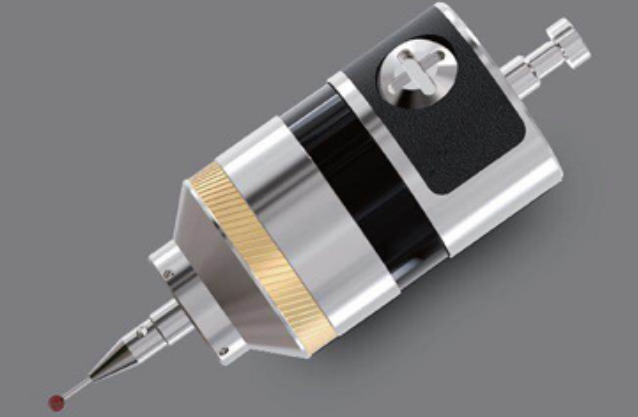
Automobile industry
According to the data of professional institutions, at present, the share of China’s mold market has reached 1 / 3. According to the data of the National Bureau of statistics, the sales volume of China’s automobile molds is 266.342 billion yuan, and the market scale of China’s automobile molds is expected to be 8217, which will reach 88.8 billion yuan in 2017. By 2023, China’s automobile production will reach 41.82 million units, with an annual growth rate of 6.0%, and the demand for vehicle models will reach 500 tons.
Application of molds in the field of consumer electronics: with the improvement of consumption level, the demand for consumer electronics products and the upgrading of products have continued to develop the consumer electronics market and promoted the rapid development of mold related industries. Data show that with the rapid development of smart phones, tablets, personal computers and other terminal products alone, the sales of global consumer products reached 790 billion euros in 2015, an increase of 1.5% year-on-year.
Consumer Electronics
China’s electronic information industry has developed rapidly and has formed a relatively perfect product classification system and industrial support system. According to the data of the National Bureau of statistics, in 2015, the turnover of the national electronic information industry reached 15.4 trillion yuan, a year-on-year increase of 10.4%; Mobile phones, integrated circuits and other major production equipment were 1.81 billion and 108.72 billion respectively, an increase of 7.8% and 7.1% over the same period last year. Consumer electronic devices such as mobile phones, personal computers and tablets account for 50% of the global production share and occupy a place in the global market.
Application of mould in household appliance industry: with the continuous improvement of people’s living standards, the demand for household appliances is also increasing. According to statistics, from 2011 to 2016, the main business income of the home appliance industry increased from 1101.575 billion yuan to 1460.566 billion yuan, with an average annual compound growth rate of 5.80%. The total profit of the industry increased rapidly from 51.162 billion yuan to 19.69 billion yuan, with an average annual compound growth rate of 18.53%.
Domestic household appliances have formed a complete and independent supporting system and a complete industrial chain. Most of China’s household electrical appliances rely on mold injection molding, and industry agglomeration has created favorable external conditions for the synergy between household electrical appliances industry and mold industry. Experts predict that with the gradual development of household electrical appliances towards intelligence, personalization and lightweight, the pace of upgrading household electrical appliances will be significantly accelerated, and the household electrical appliance market will continue to develop steadily in the future.
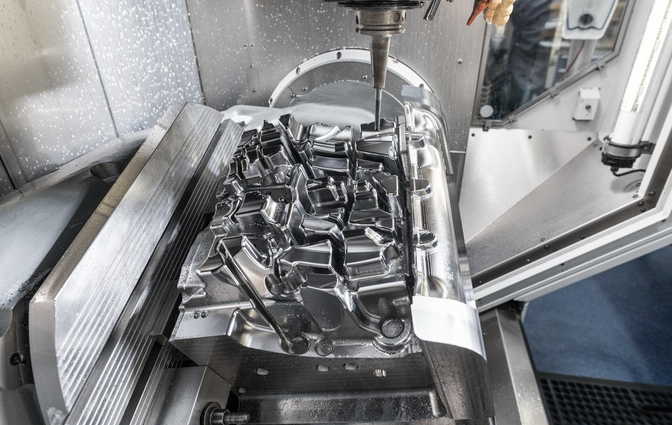 Classification of 8 Common Plastic Molds in CNC Machining
Classification of 8 Common Plastic Molds in CNC Machining
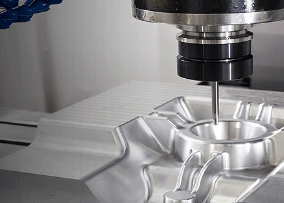 How Does CNC Precision Machining Affect The Medical Industry?
How Does CNC Precision Machining Affect The Medical Industry?
 Surface Strengthening Technology Of Injection Molded Parts | CNCLATHING
Surface Strengthening Technology Of Injection Molded Parts | CNCLATHING
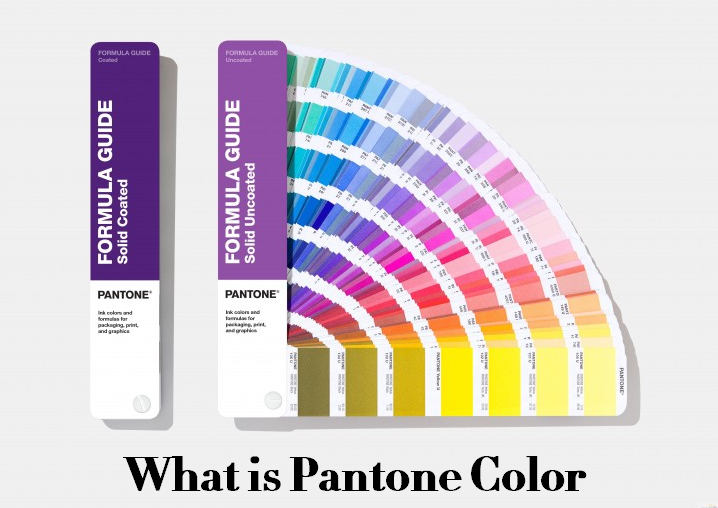 What Is Pantone Color & How to Find in Illustrator/Photoshop 2025 – Pantone Matching System Guide
What Is Pantone Color & How to Find in Illustrator/Photoshop 2025 – Pantone Matching System Guide
 Accuracy Control Method For Mold Making & Machining | CNCLATHING
Accuracy Control Method For Mold Making & Machining | CNCLATHING
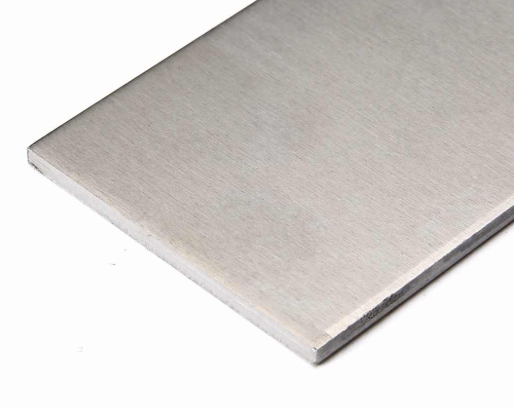 Machining 6061 Aluminum: 6061 Aluminum Properties, Price & Aluminum 6061 vs 6063, 7075
Machining 6061 Aluminum: 6061 Aluminum Properties, Price & Aluminum 6061 vs 6063, 7075
